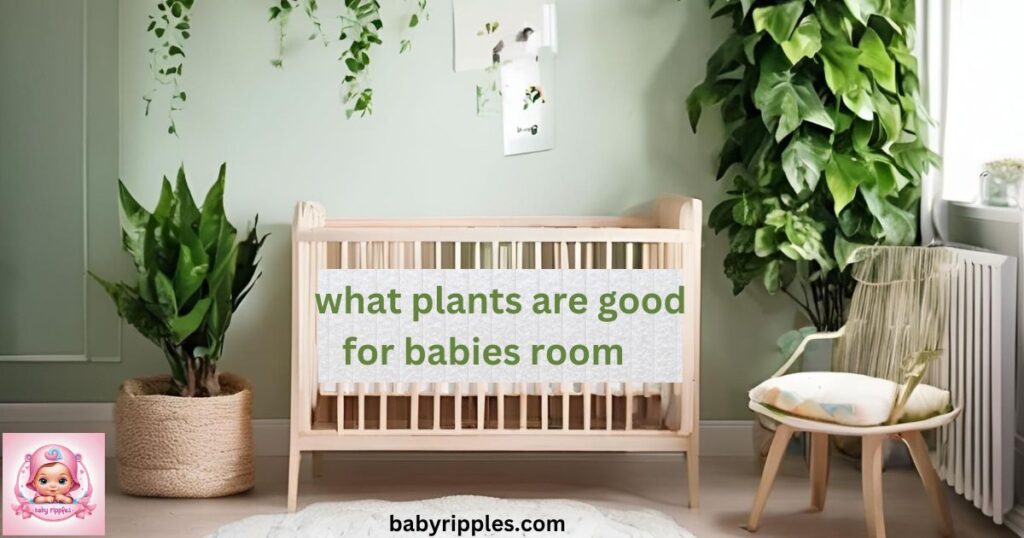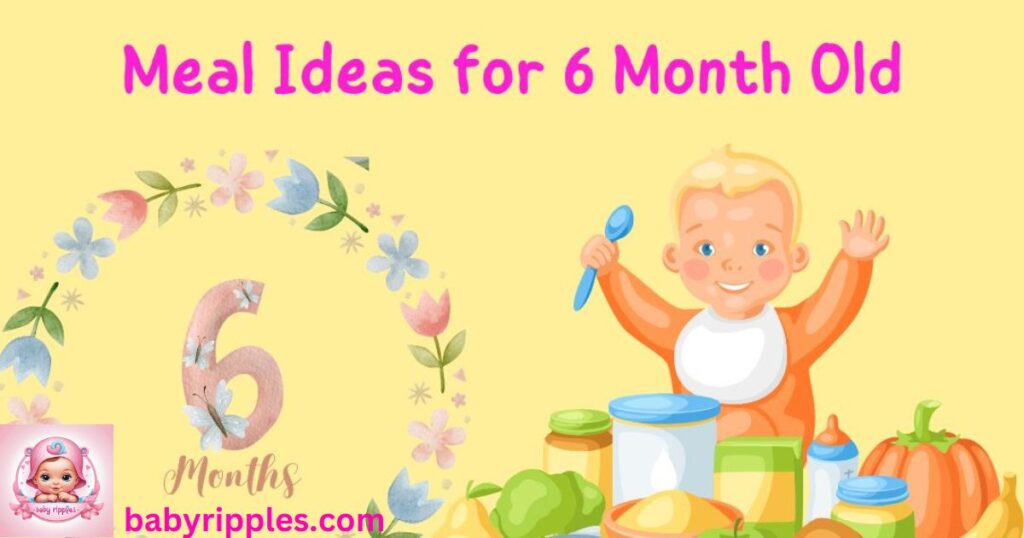Every parent prioritizes providing a warm, secure, and caring environment for their baby. Adding baby proof plants that are suitable for baby rooms is a great approach to improve your child’s space. In addition to being aesthetically pleasing, plants also improve air quality and foster a peaceful environment. However, what plants are good for babies room? This comprehensive guide will take you step-by-step through all the information you require.
Why Add Plants to a Babies Room?
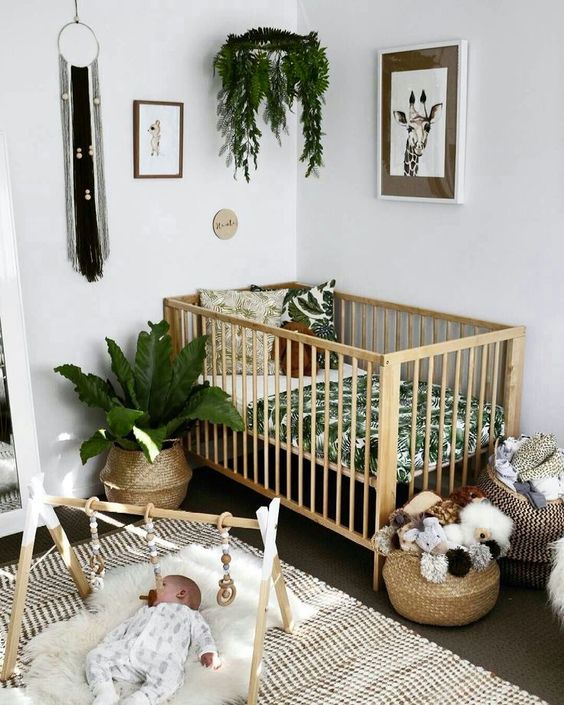
Adding plants to a baby’s room is more than just decorative. Here are some compelling reasons:
- Improves Air Quality: Plants absorb carbon dioxide and release oxygen, creating fresher indoor air.
- Humidifies the Air: Some plants naturally increase humidity, which can help with a baby’s sensitive skin and respiratory health.
- Calms and Soothes: Greenery has a therapeutic effect, helping to create a serene environment perfect for your baby’s room.
- Teaches Responsibility: While your baby won’t care for the plants yet, it’s a subtle way to integrate nature into their upbringing.
Top Plants That Are Good for Babies Room
Here’s a list of the safest and most beneficial plants for a babies room, along with tips on maintaining them.
1. Spider Plant
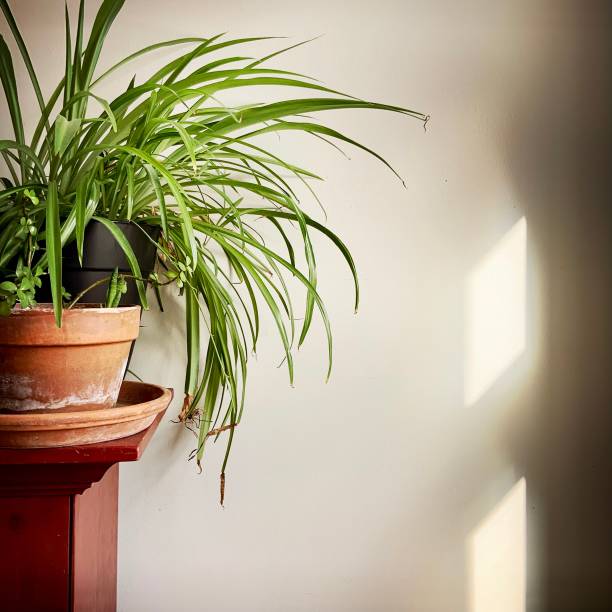
- Benefits: This resilient plant is excellent for improving indoor air quality by removing toxins like carbon monoxide.
- Care Tips: Place it in indirect sunlight and water it weekly.
2. Areca Palm
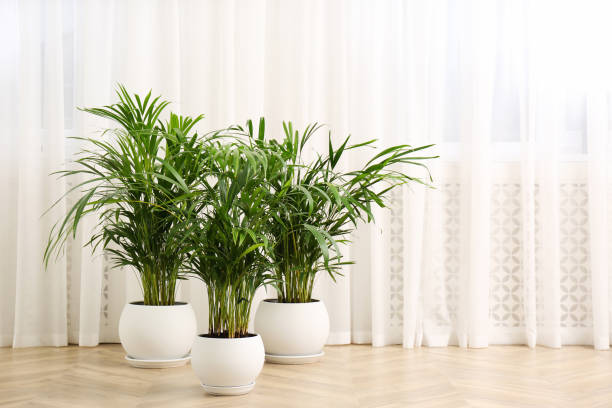
- Benefits: Known for its air-purifying properties, the Areca Palm also adds humidity to the room, perfect for dry climates.
- Care Tips: Ensure bright, filtered light and regular watering.
3. Baby Rubber Plant (Peperomia)
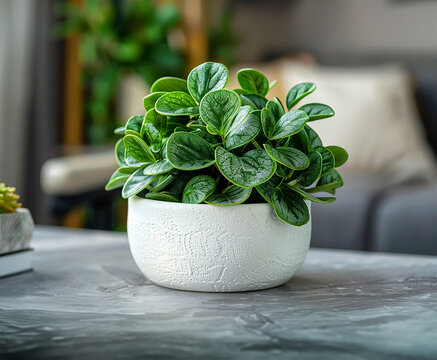
- Benefits: Its small size and non-toxic nature make it ideal for a nursery. Plus, it’s easy to maintain.
- Care Tips: Keep it in low to medium light and water sparingly.
4. Parlor Palm
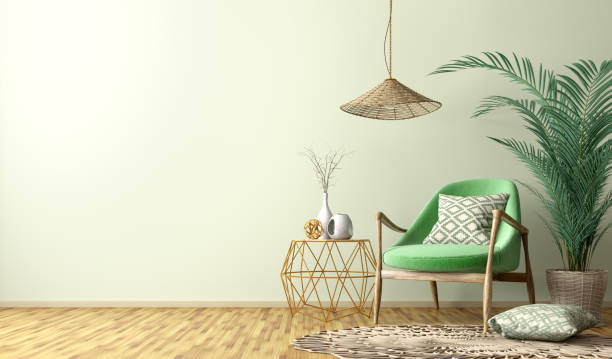
- Benefits: This elegant plant improves air quality and thrives in low-light conditions, making it perfect for a cozy nursery.
- Care Tips: Water it every 1-2 weeks and keep it in low to bright indirect light.
5. Boston Fern
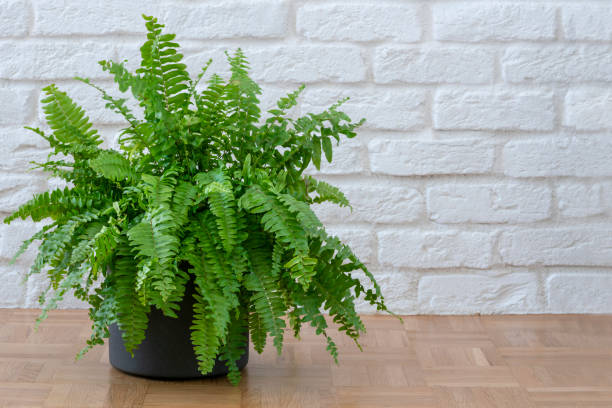
- Benefits: The Boston Fern is great for humidifying the air and is safe for kids. Its lush fronds add a touch of softness to the room.
- Care Tips: Keep it in indirect sunlight and water it regularly to keep the soil moist.
Step-by-Step Guide to Setting Up Plants in a Baby’s Room
Step 1: Choose the Right Plants
Select plants that are safe, non-toxic, and easy to care for. Refer to the list above for the best options.
Step 2: Pick the Perfect Spot
Place the plants out of reach of your baby, such as on high shelves or hanging pots. Ensure they receive adequate light.
Step 3: Use Baby-Safe Pots
Opt for pots that are stable and made of non-toxic materials. Avoid pots with sharp edges or breakable designs.
Step 4: Monitor Watering
Overwatering can lead to mold and fungus, which isn’t safe for babies. Follow the care instructions specific to each plant.
Step 5: Clean Regularly
Dust can accumulate on the leaves, affecting the plant’s ability to purify air. Wipe the leaves with a damp cloth weekly.
Tips to Keep Plants Safe for Babies
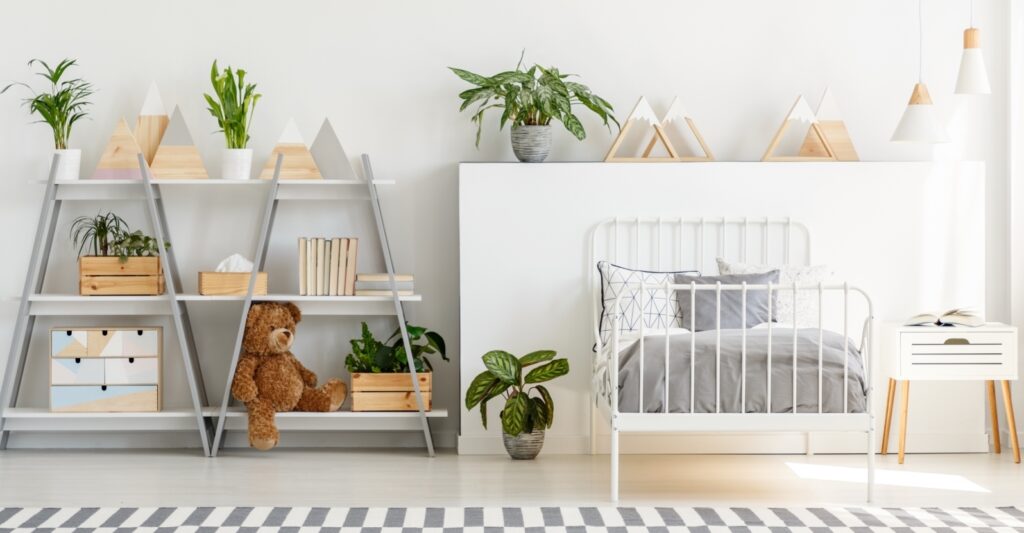
Adding plants to your baby’s room can enhance its beauty and air quality, but ensuring safety is critical. Here’s a detailed guide on how to keep plants safe for babies while still enjoying their benefits.
1. Choose Non-Toxic Plants
Not all houseplants are safe for babies. Some plants, such as philodendrons, peace lilies, and pothos, contain substances that can be harmful if touched or ingested. Always opt for non-toxic plants like:
- Spider Plant
- Areca Palm
- Baby Rubber Plant
- Boston Fern
Research the plants before buying, and double-check their safety with reputable sources.
| No. | Plant Name | Features |
| 1 | Spider Plant | Easy to care for, air-purifying, thrives in indirect light. |
| 2 | Areca Palm | Adds tropical beauty, non-toxic, and humidifies the air. |
| 3 | Baby Rubber Plant | Compact, low-maintenance, and has attractive glossy leaves. |
| 4 | Boston Fern | Great air purifier, loves humidity, and safe for babies and pets. |
| 5 | Calathea (Prayer Plant) | Striking foliage, thrives in low light, and is completely non-toxic. |
| 6 | Parlor Palm | Low-maintenance, elegant appearance, and air-cleaning properties. |
| 7 | Bamboo Palm | Aesthetic and functional, great for filtering indoor air pollutants. |
| 8 | Cast Iron Plant | Incredibly durable, thrives in low light, and completely safe for nurseries. |
| 9 | Friendship Plant | Soft, textured leaves that are safe for babies and pets alike. |
| 10 | Majesty Palm | Adds height and elegance, easy to care for, and safe for small children. |
2. Keep Plants Out of Reach
Babies are naturally curious and may pull, chew, or play with anything within reach. Place plants in:
- Hanging Baskets: These keep plants high and out of a baby’s grasp.
- Wall-Mounted Planters: Stylish and secure, they are an excellent option for modern nurseries.
- High Shelves: Ensure they are sturdy and cannot be toppled over if the baby tries to climb.
Always consider your baby’s growth and mobility when choosing plant placement.
3. Use Baby-Safe Pots
The type of pot you choose matters. Go for pots that are:
- Non-Toxic: Avoid pots with harmful chemicals that could leach into the soil.
- Heavy and Stable: This prevents them from tipping over easily.
- Shatterproof: Ceramic pots, while beautiful, can break if knocked over. Opt for plastic or resin pots for safety.
If the pots have sharp edges, cover them with baby-safe corner protectors.
4. Avoid Fertilizers and Chemicals in the Nursery
Chemical fertilizers, pesticides, or insecticides can be harmful to babies. Instead:
- Use organic or natural plant care products.
- Avoid fertilizing plants in the nursery to minimize exposure to harmful substances.
- Check for natural remedies for pest control, such as neem oil, which is safer than chemical sprays.
5. Monitor for Mold and Mildew
Overwatering can lead to mold and mildew growth in the soil, which can affect your baby’s respiratory health. To avoid this:
- Water Plants Sparingly: Only water when the soil feels dry to the touch.
- Use Well-Draining Pots: Ensure excess water can drain out to prevent soggy soil.
- Add a Layer of Pebbles: Cover the topsoil with decorative pebbles to reduce mold growth.
Check the plants regularly for any signs of fungus or rot.
6. Clean and Maintain Plants Regularly
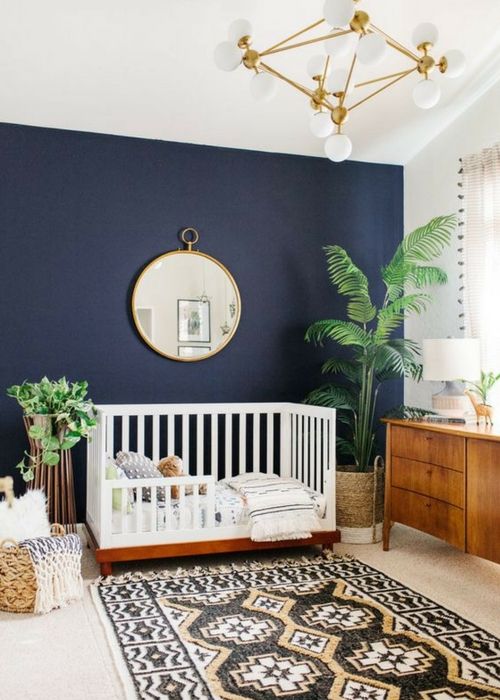
Plants can accumulate dust, making them less effective at purifying air and potentially causing allergies. To keep them clean:
- Wipe leaves gently with a damp cloth once a week.
- For fuzzy-leaved plants like Boston Fern, rinse them in the sink or shower occasionally.
- Trim dead or yellowing leaves to maintain the plant’s health and appearance.
Regular maintenance keeps the nursery fresh and ensures plants stay healthy.
7. Educate Older Siblings
If your baby has older siblings, teach them about plant safety too. Explain that plants are for looking at, not for touching or eating. Encouraging children to appreciate plants responsibly helps ensure everyone stays safe.
8. Watch for Allergies or Reactions
Even with non-toxic plants, some babies might have sensitivities. Watch for:
- Skin irritation or rashes if they touch the plants.
- Sneezing or congestion due to pollen or dust.
If you notice any reactions, remove the plant immediately and consult a pediatrician.
9. Secure Large Plants Properly
For larger plants like Areca Palm or Parlor Palm, take extra precautions:
- Use plant anchors or secure pots with heavy bases to prevent tipping.
- Position them in corners or behind furniture where babies cannot access them easily.
- Regularly check that the plant is stable as your baby starts crawling or walking.
10. Rotate Plants if Necessary
To ensure the plants thrive and remain safe, you can rotate them in and out of the nursery.
- Move plants that require intense sunlight to other rooms periodically.
- Introduce new plants occasionally to refresh the room’s air quality.
Products to Elevate Your Babies Room
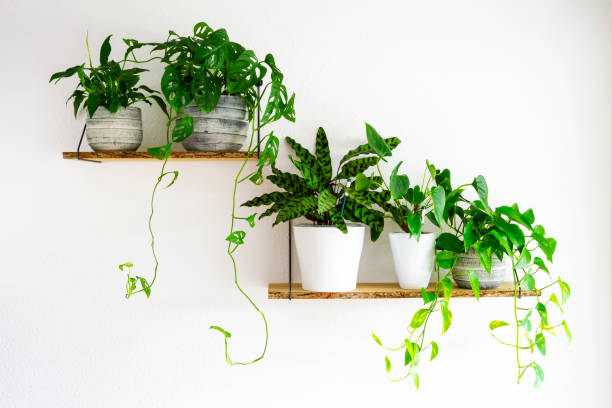
1. Hanging Plant Shelves
Elevate the greenery while keeping them safe. Look for sturdy, aesthetic options to match the room’s décor.

2. Humidity Monitors
Use a humidity monitor to ensure the plants contribute to the perfect environment for your baby.
3. Cute Planters
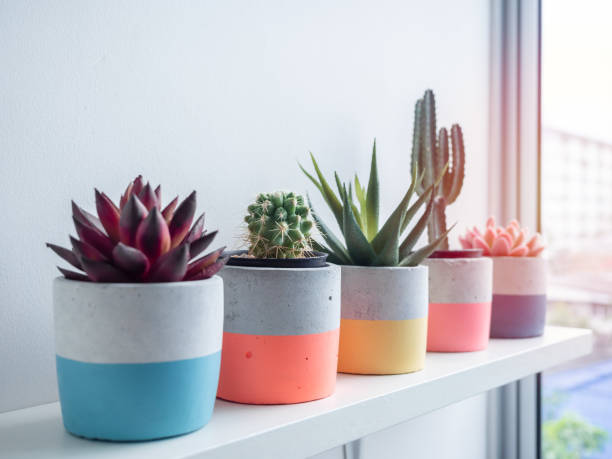
Opt for baby-themed pots or pastel-colored planters to seamlessly blend the plants into the nursery décor.
Conclusion
Creating a baby-friendly space filled with plants is a simple yet impactful way to enhance your child’s room. By choosing plants that are good for babies’ rooms, you not only beautify the space but also contribute to a healthier and happier environment.
FAQs About What Plants Are Good for Babies Room
1. What are the best air-purifying plants for a baby’s room?
Spider plants, Areca Palms, and Boston Ferns are excellent air-purifying plants that are also baby-safe.
2. Are all indoor plants safe for babies?
No, not all plants are safe. Always choose non-toxic plants like Spider Plants, Baby Rubber Plants, or Parlor Palms.
3. Can plants help with a baby’s allergies?
Yes, plants like the Areca Palm can improve air quality and reduce airborne allergens.
4. Where should I place plants in my baby’s room?
Place them on high shelves, in hanging pots, or wall-mounted planters to keep them out of reach.
5. How do I care for plants in a nursery?
Regularly water them as per their care needs, clean their leaves, and ensure they are placed in appropriate lighting conditions.

